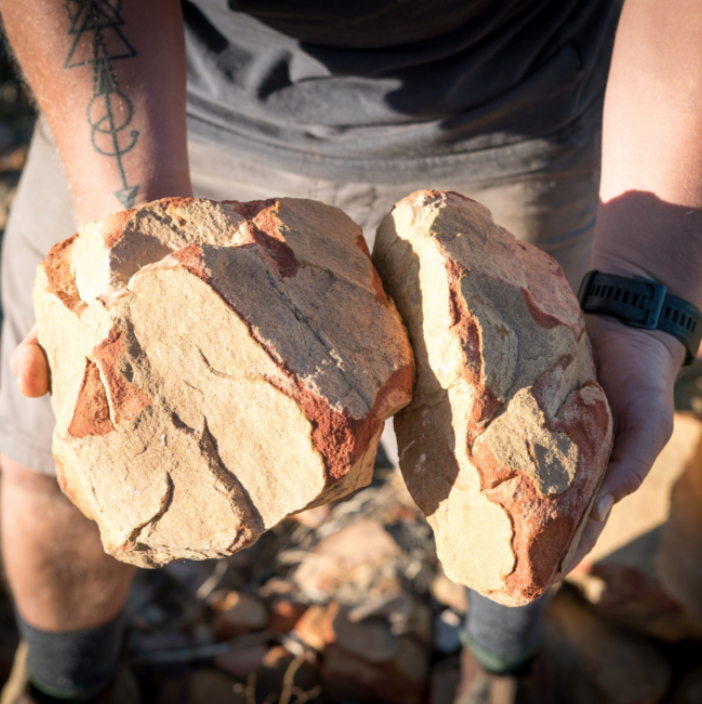Because of the numberless thrills in the evolving world of wine, one of our few hard-and-fast rules is to rid yourself of any reservations. Last year’s equally mysterious and unique “Caperitif” was the ultimate litmus test, and your response was tremendous. It seems everyone wanted to taste this chameleonic sipper/mixer/anyway-you-like it aperitif, so when we learned they recently released a new batch (“No. 9”) we couldn’t help ourselves. This one comes in with more spice and power, but retains that addictively refreshing citrus and quinine bite that makes it such a fascinatingly versatile libation. If you bought the previous batch, count this as a major upgrade, and if it’s your first go-around, consider this your lucky day. Read on to discover its wild allure...
In the early 1900s, “Capertif” was the essential addition for many signature cocktails, but when Prohibition reared its ugly head, it was all but wiped off the face of the earth. Since nobody knew how to recreate it, “Capertif” became a deeply buried secret and for nearly 100 years, it was known as “the ghost ingredient.” Enter A.A. Badenhorst, the mad scientists who recently resurrected this botanically charged aperitif. Is it vermouth? Technically, yes, but it would be a disservice to leave it at that. At its core, “Caperitif” is a South African Chenin Blanc that’s fortified and then infused with a dizzying number (46+!) of botanicals: roots, herbs, flowers, barks, spices—you name it. It’s to be sipped on the rocks with club soda and citrus garnish or in a number of cocktails that made it world-famous 100+ years ago. This is built to impress however you choose to drink it!
Andre Adriaan “Adi” Badenhorst is the kind of guy that you meet and never forget—he is without question one of the most well-known wine personalities in South Africa. For 46 years, his grandfather was the farm manager of Groot Constantia, which is the oldest wine estate in South Africa and was the source of Napoleon’s favorite dessert wine. Adi was raised in the vines and made his first wine at the tender age of thirteen. After his formal wine education, Adi worked at some of the most celebrated names in the northern Rhone, New Zealand, and South Africa, then served for nine years as winemaker at the famed Rustenberg Estate in Stellenbosch. In 2008, he finally set up his own shop with his cousin, Hein, on the slopes of Paardeberg, but the revival of today’s “Caperitif” required more assistance, namely that of Danish mixologist Lars-Erik Schmidt.
The making of this mysterious aperitif starts with sustainable, dry-farmed Chenin Blanc vines on their Kalmoesfontein farm. Following harvest, the grapes are pressed and fermented to form the base wine. Similar to vermouth in creation (but technically a quinquina because it contains quinine), the base wine for their newest “no. 9” batch is fortified to 16.5% ABV with a neutral spirit and then aromatized by steeping no less than 46 distinct, native botanicals in glass demijohns and old barrels. A few of the key players are cinchona bark, fynbos, and naartjie, but if it’s a complete list you’re looking for, good luck: the blend is tweaked with each batch because (1) they are constantly experimenting, (2) what they can forage depends on the growing season, and (3) some botanicals are illegal in America (e.g. calamus).
Antonio Galloni’s Vinous calls this a “knockout” and bets that “you can’t drink just one glass”—I’m doubling down on that. You simply cannot fully comprehend just how uniquely delicious this aperitif is until you experience it for yourself, but we’ll try our best. It pours a light tawny color with viscous tears that cling to the glass and instantly unloads a flurry of high-toned aromatics: Orange zest, cardamom, clove, spiced pear, fruitcake, Ruby Red grapefruit, lemon blossoms, apricot, candied citrus peel, Rainier cherry, dried herbs, and the constant presence of quinine. If there was one main distinction between this batch versus last years, it’d have to be that the spice component has been raised a few notches. On the palate, the intoxicating botanical blend delivers rich, ultra-fresh layers and finishes with a desirous touch of sweetness that is washed out by a pleasing bitterness from the infused roots. While Caperitif’s claim to fame was as a key ingredient in classic cocktails, it should not be limited to that today. There are innumerable ways to enjoy this, but I think it would be best suited in a rocks glass with club soda and a wedge of lemon as a before- or after-dinner drink. Still, don’t be afraid to experiment because that’s how this extraordinary aperitif came into existence! The best part? It’ll keep for a month-plus in the fridge after opening or a couple of years if left unopened, so buy many and savor slowly. Cheers!



